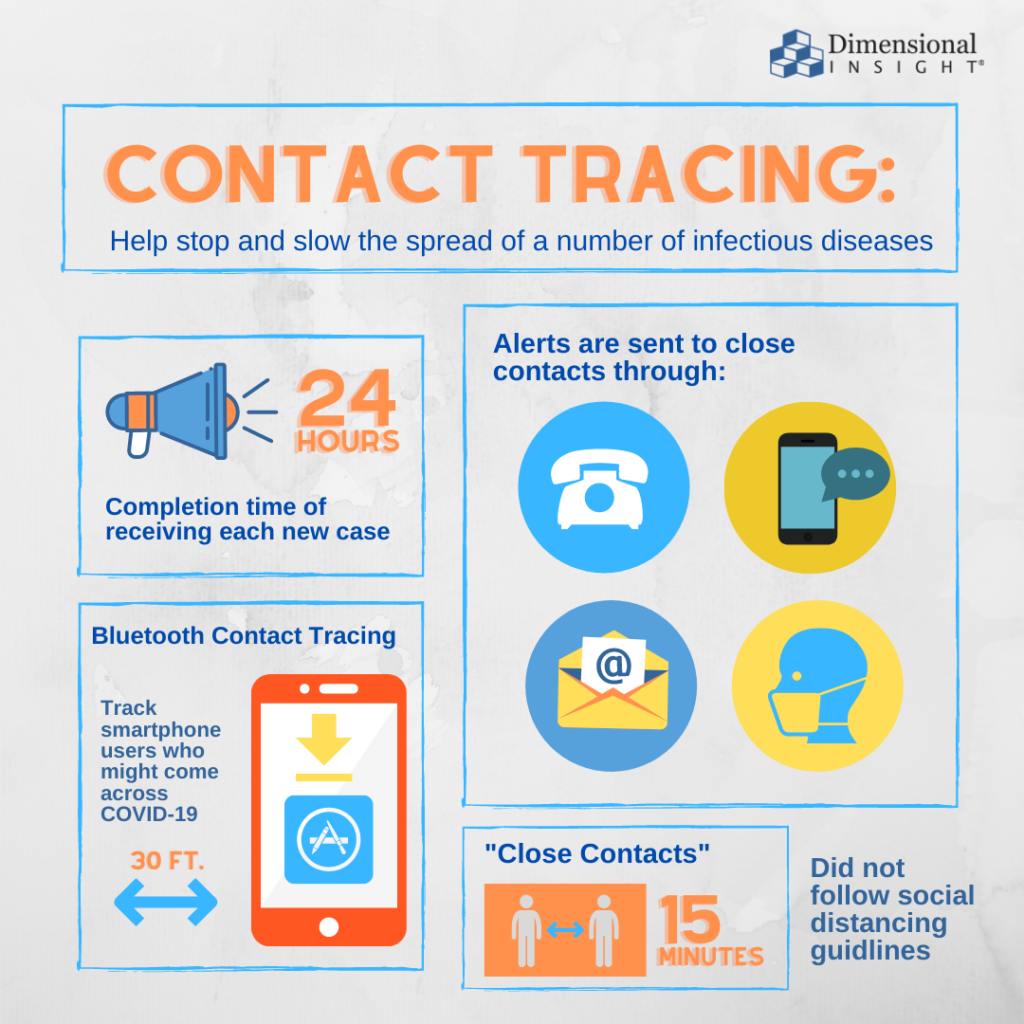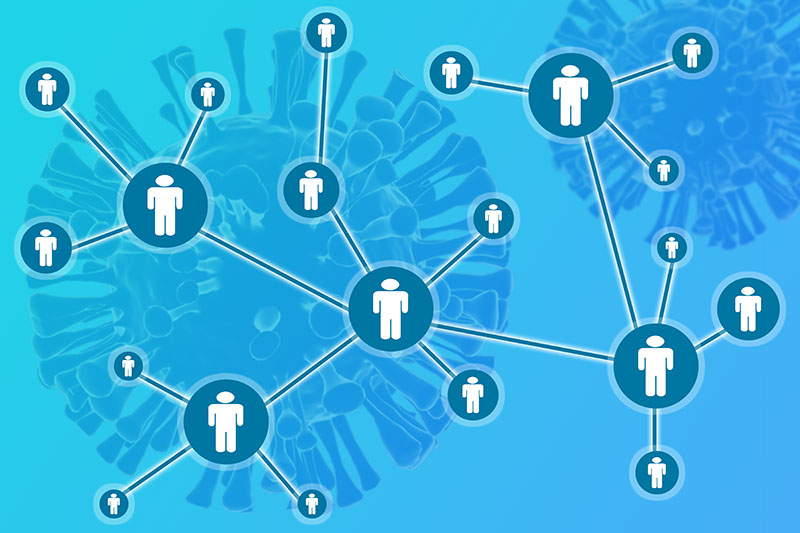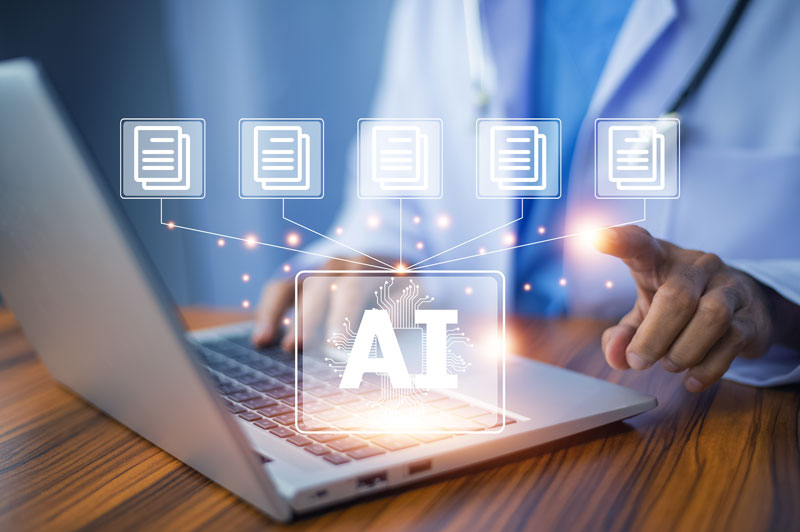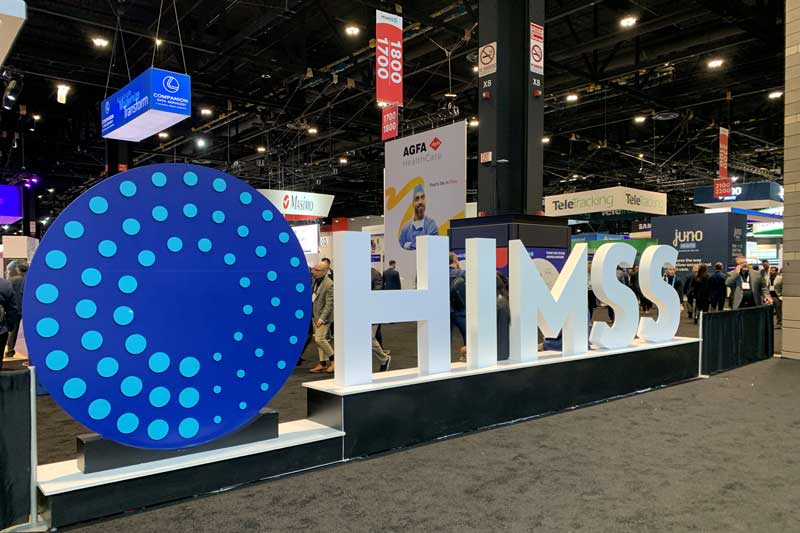The COVID-19 pandemic has flipped the world upside down, and is still affecting millions to this day. While the process of developing vaccines is underway and many countries outside of the United States have already lifted their strict protocols as their cases decrease, the case count in the U.S. is continuing to rise. Technology that can further prevent virus spread, such as contact tracing, is needed now more than ever. How does contact tracing really work? How accurate is it? And is it a violation of privacy? Let’s take a look.
What is contact tracing?
The use of contact tracing isn’t new. It has been helping to stop and slow the spread of a number of infectious diseases worldwide throughout the years. Using contact tracing as a way to prevent COVID-19 from spreading is a must. According to the Centers for Disease Control and Prevention (CDC), contact tracing slows the spread of COVID-19 by letting people know if they may have been exposed to the virus and should monitor their health and be on high alert for any signs or symptoms of COVID-19. The tracing also helps people who may have been exposed to COVID-19 get tested and asks people to self-isolate if they have COVID-19 or self-quarantine if they were in close contact with someone who had tested positive for the virus.
How does contact tracing work?
Contact tracing alerts are made by health department officials and are usually completed within 24 hours of receiving each new case. The faster they are able to get the alert out, the higher chance they have of preventing the virus spread amongst individuals that had been in close proximity to the COVID positive individual. Alerts are sent to close contacts through phone, text, email or even in person if the situation calls for it. Health departments classify a “close contact” as someone who has not been within the social distancing guidelines; someone who’s been within 6 feet (2 meters) of a person for 15 minutes or more within two days of the COVID-19 patient’s diagnosis. Close contacts are also not limited to family and friends, but can include any surrounding individuals such as co-workers or even healthcare providers that had been around them within the short time span. The health department also requests that close contacts get tested for COVID-19, even if they aren’t experiencing any symptoms, as many cases have been proven to be asymptomatic through the entirety of their infection.
Bluetooth contact tracing
Although COVID-19 alerts made personally by health officials are the main way of conducting reliable contact tracing, it’s often the case that health departments don’t have enough staff to handle the hundreds of evaluations that need to be done on a daily basis in order to send out close contact alerts. Tech companies worldwide are taking advantage of this issue by creating Bluetooth contact tracing apps that any individual can download to their mobile device or tablet.
In the early days of COVID-19, Google and Apple actually collaborated to help create Bluetooth-based contact tracing apps that would be compatible with both servers. “The API will let [those] apps use a phone’s Bluetooth radios – which have a range of about 30 feet – to keep track of whether a smartphone’s owner has come into contact with someone who later turns out to have been infected with COVID-19. Once alerted, that user can then self-isolate or get tested themselves.”
Assisted GPS (AGPS) is also a benefit of Bluetooth contact tracing as it can triangulate the location of COVID-19 infected individuals, and determine where they have been within the past 14 days. This can help businesses and communities in the area take extra precaution.
But with any type of advanced technology, there are always problematic factors to be aware of. One of the problems Bluetooth has is in reading the proximity of a signal through clothing, physical barriers and human flesh. Forbes also states that signals vary depending on portrait or landscape mode so if a user is watching a movie, their phone signal may not pick up on the 6-foot barrier. In addition, we aren’t always holding our phones, so you can’t trust that everyone around you will be doing self-reporting and that you’re safe to move around the city freely. People who do use contact tracing apps should view them as nothing more than a helpful guide, rather than a reliable alternative to seeking medical advice.
Privacy
It’s no question that contact tracing works, and that we need it to help slow the spread of COVID-19. But the United States is one place where people take their individual privacy extremely seriously- regardless of whether or not sharing information helps the greater good. The CDC states that “the identity of the patient or other identifying information will not be revealed [through contract tracing], alluded to, or confirmed by the contact tracer, even if explicitly asked by a contact,” but still, many individuals in the U.S. are weary of any form of contact tracing even if they’re told their information is anonymous.
In other countries, contact tracing is something that people have no problem participating in, resulting in extremely positive effects. In South Korea, for example, the number of daily new cases have ranged from 30 to 60 for two months after peaking at more than 800 in February. Los Angeles, on the other hand, had 2,014 new cases in a single day in July. This is largely because the tracing in South Korea is much more advanced and complex than in the U.S. Tracing measures include reviewing surveillance cameras and even going through an individual’s phone records and credit card transactions to pinpoint where infected individuals may have gone. In addition, CCTVs, which have always been common in South Korea, help trace activity. Ultimately, even if an individual fails to self-report or lies about having symptoms or the places that they’ve been, the complex tracing that South Korea has put in place helps health officials fact check and prevent others from contracting COVID-19. “We had a smaller absolute number of cases than other nations, but more importantly, the social norm, where people are okay with their privacy being infringed for the wider public interest, allowed comprehensive investigations, which is just unimaginable in western countries,” says Jung Ki-Suk, former CDC director and current professor at Hallym University Medical Center.

Contact tracing has become an essential tool in helping to slow the spread of COVID-19 and it’s clear that it’s beneficial in protecting those around us. Each country has its own guidelines as to what’s acceptable or how far people will go to sharing information. But regardless of where you are in the world, until there’s a proven vaccine that will allow people to further protect themselves from the virus, contract tracing is here to stay and will only improve from here on out.



